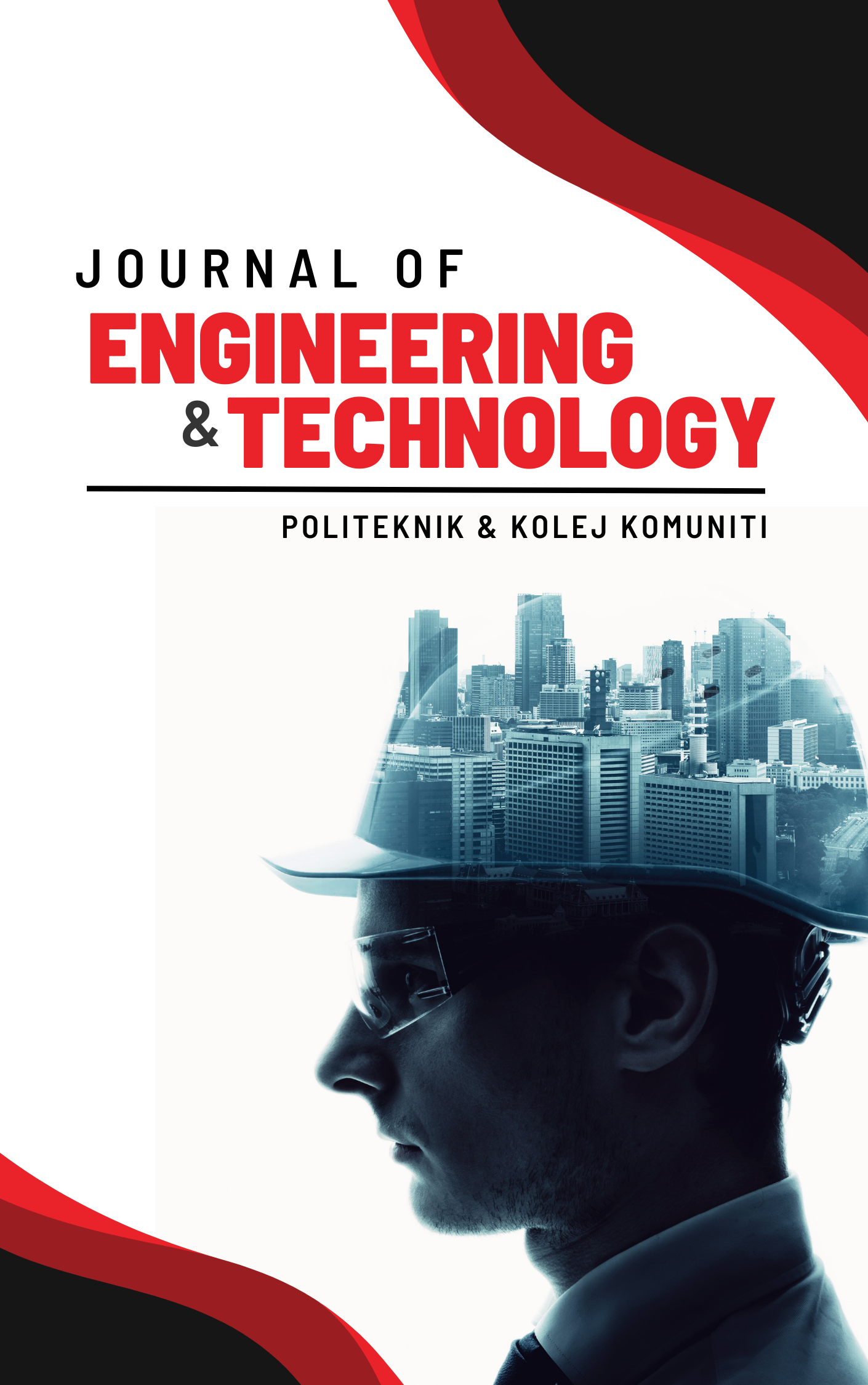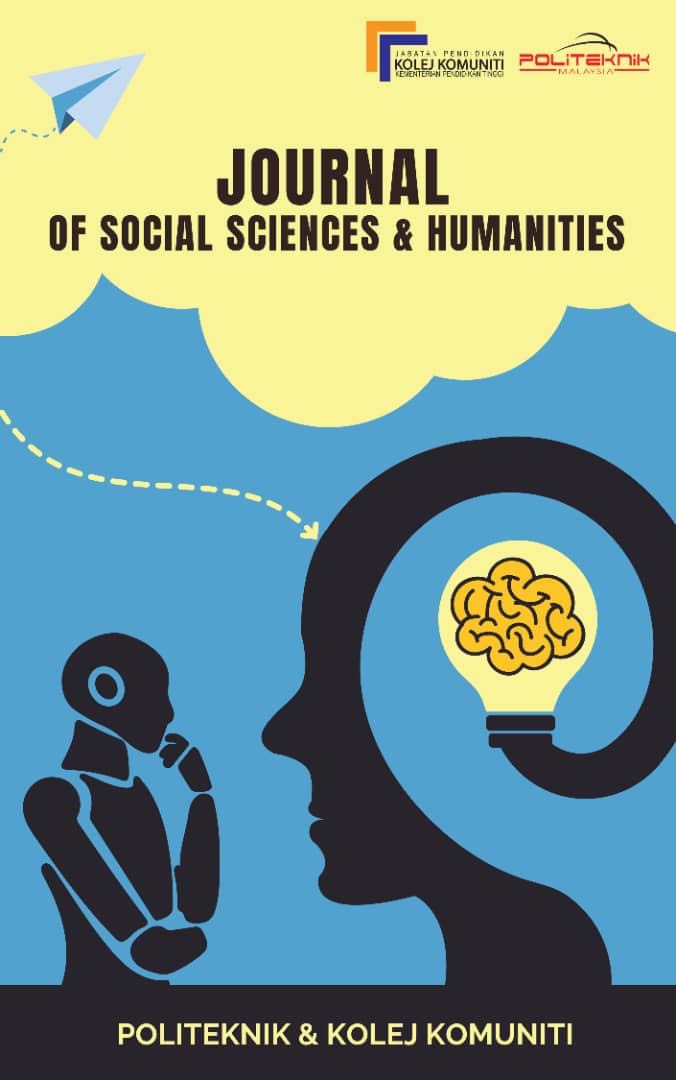Impact of E-Book Human Computer Interaction on Student’s Motivation, Achievement and Cognitive Load
Keywords:
Human Computer Interaction E-Book, Motivation, Cognitive Level, human computer interaction e-book, motivation,cognitive level, student performanceAbstract
The research seeks to evaluate the efficacy of using the E-Book human computer interaction in terms of motivation, performance on achievement tests, and cognitive load experienced by students. The purpose of this study was to examine variations in motivation levels among students with varying levels of knowledge, establish the correlation between motivation and achievement test scores, and ascertain whether cognitive burden acts as a mediator between student motivation and test performance. The assessment was carried out by administering before and post tests using the Instructional Materials Motivational Scale (IMMS) survey questionnaire and the NASA Task Load Index cognitive load test (NASA-TLX). The research use experimental quasi-methods to collect data, which is then subjected to quantitative analysis utilising pairs-t tests and PLS-SEM. Seberang Perai Polytechnic has a cohort of 80 students enrolled in the subject Human computer interactions for the first semester. There are notable disparities in the accomplishment test scores, motivation levels, and cognitive load of pupils before and after using the E-book Human computer interaction. The pair-t test findings indicated substantial disparities in achievement test performance across children, with t-values of -11.515 (p = 0.000) and -12.729 (p = 0.000). Prior to and following the utilisation of the E-Book Human computer interaction, there was a substantial disparity in motivation levels among students. This was evident both before (T = -158.650, P = 0.000) and after (T = -158.796, P = 0.000) the implementation of e-books. Furthermore, motivation exhibited a significant correlation with students' academic progress (t = 5.597, p = 0.00). The analysis reveals that cognitive strain serves as a substantial mediator between motivation and student achievement test performance (β:0.106, t:4.904, p = 0.00). To summaries, the E-Book human computer interaction serves as a viable option for enhancing teaching materials. It may be used as a comprehensive resource for the study of human computer interactions, while also stimulating student engagement and academic performance. Essentially, this strategy may be used as a tool for teaching and assisting instructional material creators in selecting suitable applications and adapting to various kinds of learning, particularly those based on e-books.
Downloads
Published
Issue
Section
License
Copyright (c) 2024 Politeknik & Kolej Komuniti Journal of Life Long Learning

This work is licensed under a Creative Commons Attribution-NonCommercial-NoDerivatives 4.0 International License.









